Swirling Bands Of Light And Dark Clouds On Jupiter Are Seen In This Image Made By Citizen Scientists
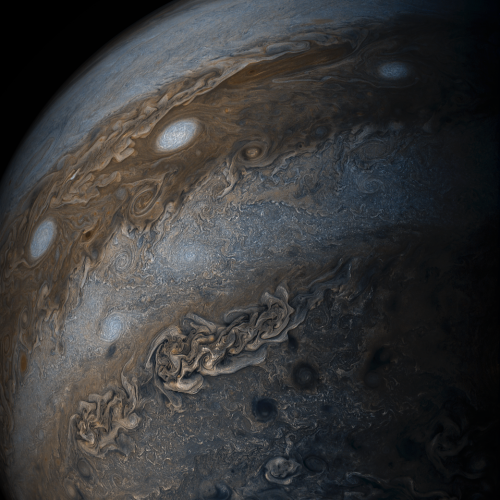
Swirling bands of light and dark clouds on Jupiter are seen in this image made by citizen scientists using data from our Juno spacecraft. Each of the alternating light and dark atmospheric bands in this image is wider than Earth, and each rages around Jupiter at hundreds of miles (km) per hour. The lighter areas are regions where gas is rising, and the darker bands are regions where gas is sinking. This image was acquired on May 19, 2017 from about 20,800 miles (33,400km) above Jupiter’s cloud tops. Learn more
Credits: NASA/JPL-Caltech/SwRI/MSSS/Gerald Eichstädt /Seán Doran
Make sure to follow us on Tumblr for your regular dose of space: http://nasa.tumblr.com
More Posts from Starlost and Others

NGC 2419, Wanderer
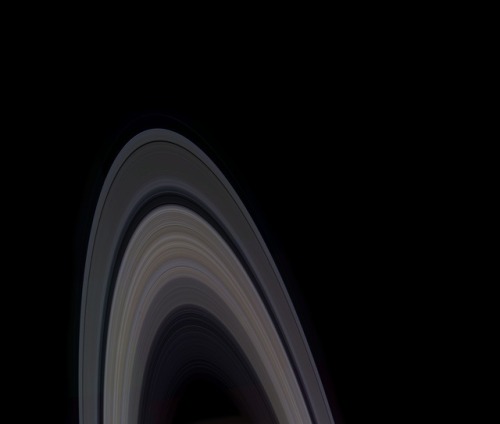
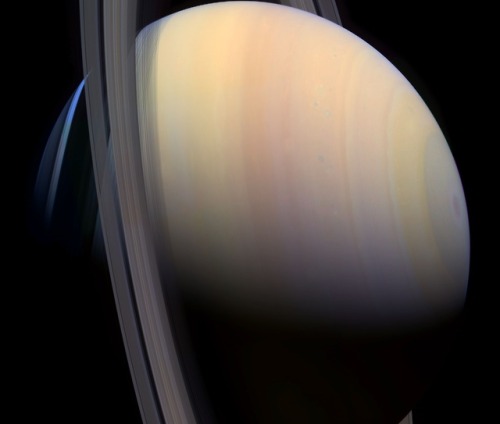
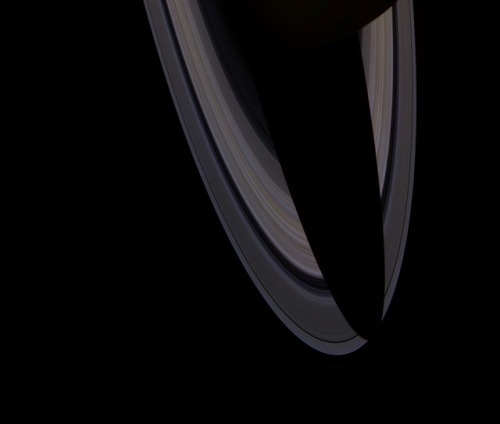
A very high resolution view of big beautiful Saturn
Composition Credit: Mattias Malmer, Image Data: Cassini Imaging Team (NASA)





"We are made of star stuff. We are a way for the cosmos to know itself"
-Carl Sagan
By Lauchie Macdonald, at Boston Barber and Tattoo
Send a space thing for questions
Planets: Life
Mercury: What’s your full name?
Venus: What’s your first language?
Earth: Where’s your home?
Mars: What’s your sexuality?
Jupiter: Do you have any siblings?
Saturn: Any pets?
Uranus: What’s your hobby?
Neptune: When’s your birthday?
Pluto: What time is it right now where you are?
Moon: What are you currently studying/hope to study?
Stars: Experiences
Sun: Have you ever had alcohol?
Sirius: Have you ever failed a class?
Rigel: Have you ever gone on a rollercoaster?
Deneb: Have you ever been out of your home country?
Arcturus: Have you cried out of something other than sadness?
Betelgeuse: What’s something you can never forget about?
Aldebaran: What’s something you care desperately about?
Canopus: Have you ever broken a bone?
Bellatrix: Have you ever been forced to lie/keep a secret?
Alphard: Have you ever lost a friend?
Vega: What’s something you’ve done that you wish you hadn’t?
Constellations: Favourites
Centaurus: Favourite holiday?
Orion: Favourite month?
Cassiopeia: Favourite book?
Delphinus: Favourite study?
Hercules: Favourite instrument?
Gemini: Favourite song?
Pegasus: Favourite place to be?
Libra: Favourite colour?
Phoenix: Favourite thing to wear?
Aries: Favourite movie?
Cygnus: Favourite weather?
Hydra: Favourite sound?
Galaxies: Love/Friends
Milky Way: Who’s your oldest friend?
Andromeda: Do you consider yourself social?
Black Eye Galaxy: Do you believe in love at first sight?
Cartwheel Galaxy: When was your first kiss?
Cigar Galaxy: How’s your flirting skills?
Comet Galaxy: Have you ever had to leave a relationship because someone changed too much?
Pinwheel Galaxy: Would you date the last person you talked to?
Sombrero Galaxy: Do you have a crush right now?
Bode’s Galaxy: Have you ever had a secret admirer?
Sunflower Galaxy: Would you date/make friends with someone out of pity?
Tadpole Galaxy: Would you deny a relationship/friendship?
Whirlpool Galaxy: Have you ever cried over a breakup?
Other stuff: Wishes
Comet: What’s your big dream?
Asteroid: What does your dream life look like?
Meteor: What’s something you wish you could tell, but can’t?
Nebula: If you could undo one thing in your life, what would it be?
Shooting Star: If you could bring back one thing, what would it be?
Pulsar: What do you hope to do in the next 10 years?
Supernova: What’s one thing you want to do before you die?
Quasar: If you could spend the rest of your life with only one person, who would it be?
Wormhole: What’s something you wish would happen, but know won’t?
Black Hole: What’s the last thing you want to see?
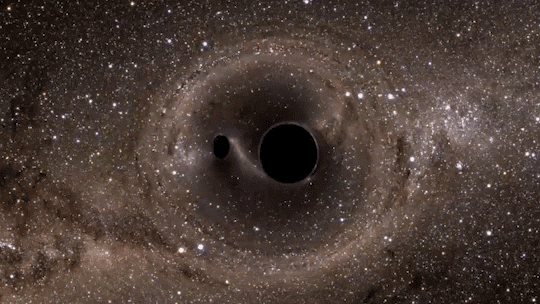
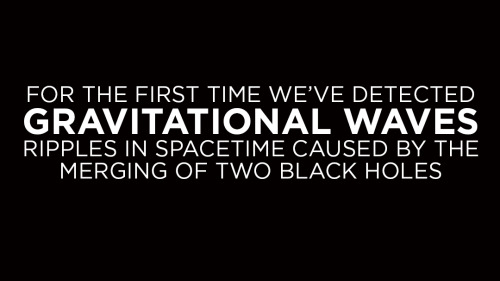
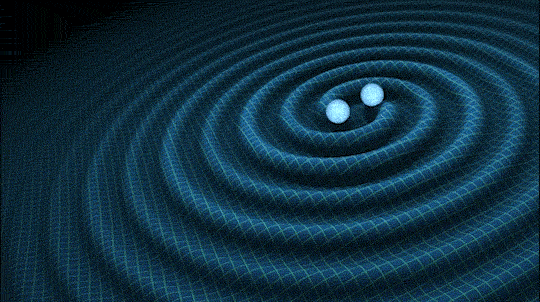
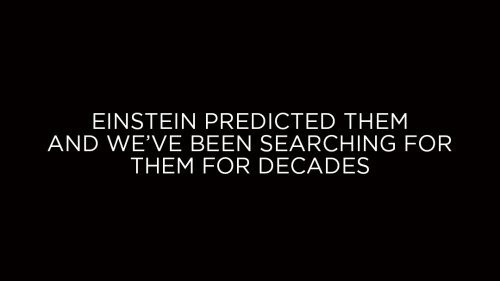


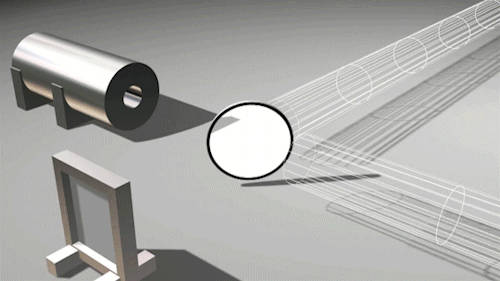

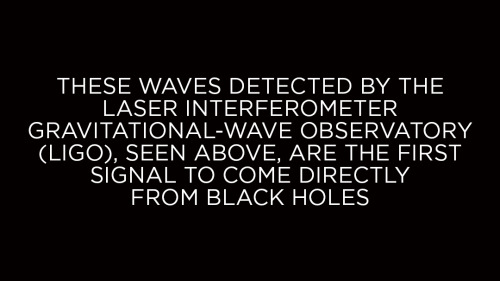
This is very cool and a pretty big deal. Find out why.
Solar System: Things to Know This Week
Like sailors of old, the Cassini mission team fondly thinks of the spacecraft as “she." On April 22, she begins her Grand Finale, a spectacular end game—22 daring dives between the planet’s atmosphere and innermost rings. Here are 10 things to know about her Grand Finale.

1. She’s Broadcasting Live This Week
On Tuesday, April 4 at 3 p.m. EDT (noon PDT), At Jet Propulsion Laboratory, the Cassini team host a news briefing to discuss the mission’s Grand Finale.
Tune in Tuesday: youtube.com/nasajpl/live

2. She’s Powered in Part By … Titan
Cassini left Earth with less than 1/30th of the propellant needed to power all her adventures at Saturn. The navigation team used the gravity of Saturn’s giant moon Titan to change course and extend the spacecraft’s exploration of Saturn. Titan also provides the gravity assist to push Cassini into its final orbits.
More on Cassini’s navigation: saturn.jpl.nasa.gov/mission/spacecraft/navigation/

3. She’s a Robot
Cassini is an orbiter that was named for 18th century astronomer Giovanni Domenico Cassini. She was designed to be captured by Saturn’s gravity and then explore it in detail with a suite of 12 powerful science instruments.
More on the Spacecraft: saturn.jpl.nasa.gov/mission/spacecraft/cassini-orbiter/

4. She Brought a Friend to Saturn
Cassini carried the European Space Agency’s Huygens Probe, which in 2005 descended through Titan’s thick, perpetual clouds and made the most distant landing to date in our solar system.
More on Huygens: saturn.jpl.nasa.gov/mission/spacecraft/huygens-probe/

5. She’s a Great Photographer
Your mobile phone likely captures dozens of megapixels in images. Cassini, using 1990s technology closer to one megapixel cameras, has returned some of the most stunning images in the history of solar system exploration.
Cassini Hall of Fame Images: go.nasa.gov/2oec6H2 More on Cassini’s Cameras: saturn.jpl.nasa.gov/imaging-science-subsystem/

6. She’s an Inspiration
Those great images have inspired artist’s and amateur image processors to create truly fantastic imagery inspired by the beauty of Saturn. Feeling inspired? There’s still time to share your Cassini-inspired art with us.
Cassini Inspires Campaign: saturn.jpl.nasa.gov/mission/cassiniinspires/

7. She’s Got a Long History
Two decades is a long time to live in the harsh environment of outer space (respect to the fast-approaching 40-year-old twin Voyager spacecraft). Launched in 1997, Cassini logged a lot of milestones over the years.
Explore the Cassini Timeline: saturn.jpl.nasa.gov/the-journey/timeline/

8. She Keeps a Diary
And, you can read it. Week after week going back to 1997, Cassini’s adventures, discoveries and status have been chronicled in the mission’s weekly significant events report.
Read It: https://saturn.jpl.nasa.gov/news/?topic=121

9. She’s Got a Fancy New App
Cassini was the prototype for NASA’s Eyes on the Solar System 3-D visualization software, so it’s fitting the latest Cassini module in the free, downloadable software is the most detailed, elaborate visualization of any mission to date.
Fly the Mission - Start to Finish: http://eyes.nasa.gov/cassini

10. She’s Going Out in a Blaze of Glory
In addition to all the new information from 22 orbits in unexplored space, Cassini’s engineers reprogrammed the spacecraft to send back details about Saturn’s atmosphere to the very last second before the giant planet swallows her up on Sept. 15, 2017.
More on the Grand Finale: saturn.jpl.nasa.gov/grandfinale
Discover more lists of 10 things to know about our solar system HERE.
Make sure to follow us on Tumblr for your regular dose of space: http://nasa.tumblr.com
Black Hole Friday Deals!

Get these deals before they are sucked into a black hole and gone forever! This “Black Hole Friday,” we have some cosmic savings that are sure to be out of this world.
Your classic black holes — the ultimate storage solution.
Galactic 5-for-1 special! Learn more about Stephan’s Quintet.
Limited-time offer game DLC! Try your hand at the Roman Space Observer Video Game, Black Hole edition, available this weekend only.
Standard candles: Exploding stars that are reliably bright. Multi-functional — can be used to measure distances in space!
Feed the black hole in your stomach. Spaghettification’s on the menu.
Act quickly before the stars in this widow system are gone!
Add some planets to your solar system! Grab our Exoplanet Bundle.
Get ready to ride this (gravitational) wave before this Black Hole Merger ends!
Be the center of attention in this stylish accretion disk skirt. Made of 100% recycled cosmic material.
Should you ever travel to a black hole? No. But if you do, here’s a free guide to make your trip as safe* as possible. *Note: black holes are never safe.
Make sure to follow us on Tumblr for your regular dose of space!
![Squidolus [Day:1295 Hour:12]](https://64.media.tumblr.com/6e072946d9918d467ef3d47af268fb6c/294259bf49bd7c3a-70/s500x750/e56873c2c38cf388376b1417bb3974f8ed8c496c.png)
Squidolus [Day:1295 Hour:12]
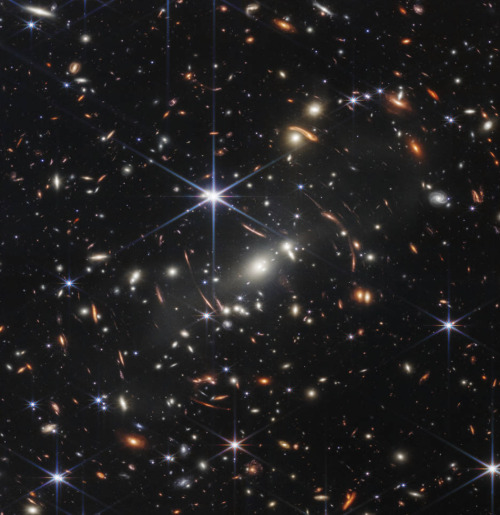
This first image from NASA’s James Webb Space Telescope is the deepest and sharpest infrared image of the distant universe to date. Known as Webb’s First Deep Field, this image of galaxy cluster SMACS 0723 is overflowing with detail. Thousands of galaxies – including the faintest objects ever observed in the infrared – have appeared in Webb’s view for the first time. This slice of the vast universe covers a patch of sky approximately the size of a grain of sand held at arm’s length by someone on the ground.


new photos of jupiter from the juno spacecraft | (good to know that van gogh had a say in how jupiter was designed)
-
 timbabwe reblogged this · 1 year ago
timbabwe reblogged this · 1 year ago -
 timbabwe liked this · 1 year ago
timbabwe liked this · 1 year ago -
 monikabose liked this · 1 year ago
monikabose liked this · 1 year ago -
 christabelq liked this · 2 years ago
christabelq liked this · 2 years ago -
 rh35211 reblogged this · 3 years ago
rh35211 reblogged this · 3 years ago -
 megan-mature984727-blog liked this · 3 years ago
megan-mature984727-blog liked this · 3 years ago -
 hyggev reblogged this · 3 years ago
hyggev reblogged this · 3 years ago -
 barbequebanana liked this · 3 years ago
barbequebanana liked this · 3 years ago -
 quaetemere reblogged this · 4 years ago
quaetemere reblogged this · 4 years ago -
 quaetemere liked this · 4 years ago
quaetemere liked this · 4 years ago -
 bottled---inspiration reblogged this · 4 years ago
bottled---inspiration reblogged this · 4 years ago -
 arquitectoespiritual liked this · 4 years ago
arquitectoespiritual liked this · 4 years ago -
 jovian-witch reblogged this · 4 years ago
jovian-witch reblogged this · 4 years ago -
 a-exists liked this · 4 years ago
a-exists liked this · 4 years ago -
 crycosmos reblogged this · 4 years ago
crycosmos reblogged this · 4 years ago -
 corpseomega-a liked this · 4 years ago
corpseomega-a liked this · 4 years ago -
 weberthewaffle reblogged this · 5 years ago
weberthewaffle reblogged this · 5 years ago -
 theplumedserpent reblogged this · 5 years ago
theplumedserpent reblogged this · 5 years ago -
 fastestb-tchalive liked this · 5 years ago
fastestb-tchalive liked this · 5 years ago -
 miscellanyc liked this · 5 years ago
miscellanyc liked this · 5 years ago -
 nadathephoenix reblogged this · 5 years ago
nadathephoenix reblogged this · 5 years ago -
 superlucyjin reblogged this · 5 years ago
superlucyjin reblogged this · 5 years ago

andrei, he/him, 21, made this at 14 when i was a space nerd but i never fully grew out of that phase so,,,,..,hubble telescope + alien life + exoplanet + sci fi nerd
245 posts